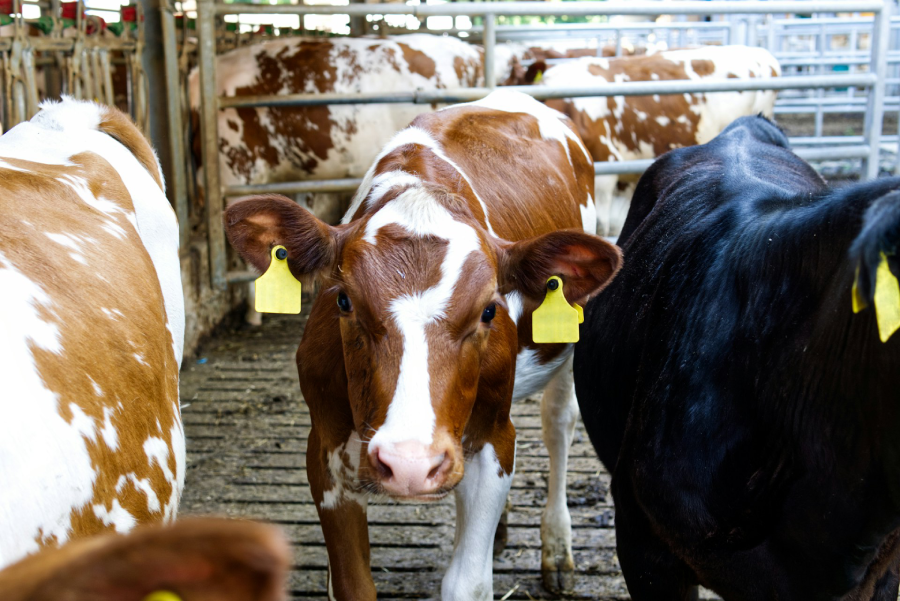Underreported Methane Emissions from Dairy Farms and Their Renewable Energy Potential

Recent research reveals that methane emissions from slurry storage on dairy farms may be significantly higher than official estimates, potentially up to five times greater. This finding underscores the considerable opportunity to convert these emissions into renewable energy sources, benefiting both the environment and the dairy sector’s economy.
Conducted by the University of East Anglia (UEA) and the International Fugitive Emissions Abatement Association (IFEAA), the study indicates that if captured and converted to biogas, methane emissions could save the dairy sector over £400 million annually in fuel costs, averaging about £52,500 per farm.
The research analyzed emissions from two dairy farms in Cornwall, England, and suggests that current methodologies for calculating greenhouse gas emissions may be insufficient. Current national inventories report enteric emissions from livestock as three to nine times greater than those from manure management. However, the study proposes that the balance may be much closer to 50:50.
Prof. Neil Ward from UEA noted that underestimating methane emissions could misguide policy priorities. The study found actual methane emissions from the slurry lagoons to be 145 to 198 kilograms per cow per year, significantly higher than the official figure of 38 kilograms.
The researchers recommend prioritizing research and development in methane capture technologies and increasing financial support for slurry covers and gas processing equipment. They also advocate for streamlining planning processes and offering tax incentives for methane recovery investments.
George Eustice, former Secretary of State for Environment, Food and Rural Affairs, emphasized that while emissions from agriculture may be higher than previously thought, the ability to capture and convert methane into renewable energy presents a viable pathway to reduce greenhouse gas emissions and achieve net-zero goals. Integrating these technologies could enhance sustainability within the dairy sector.


Responses